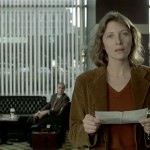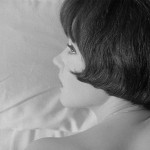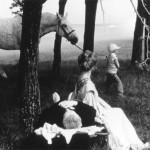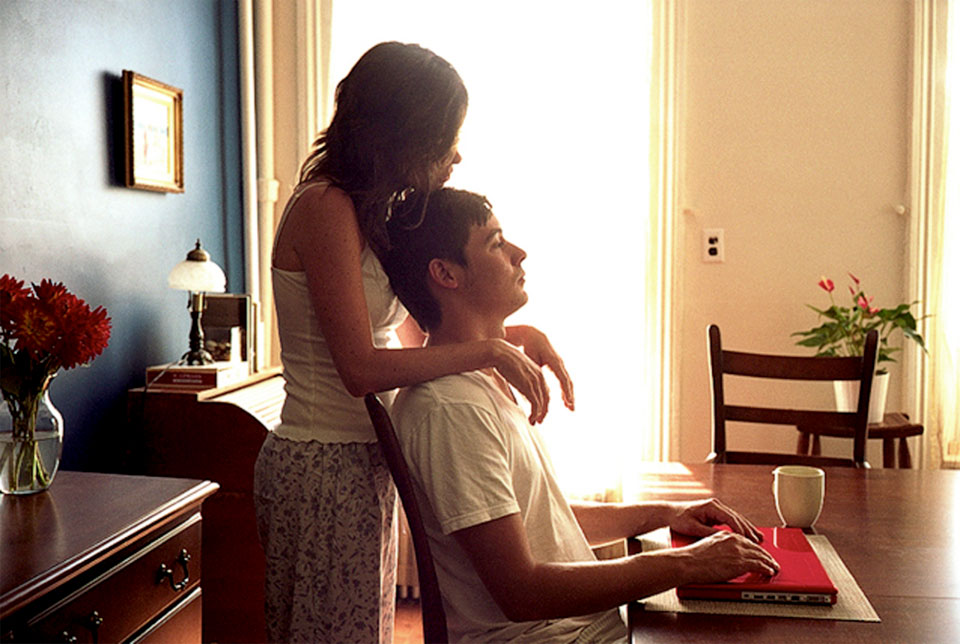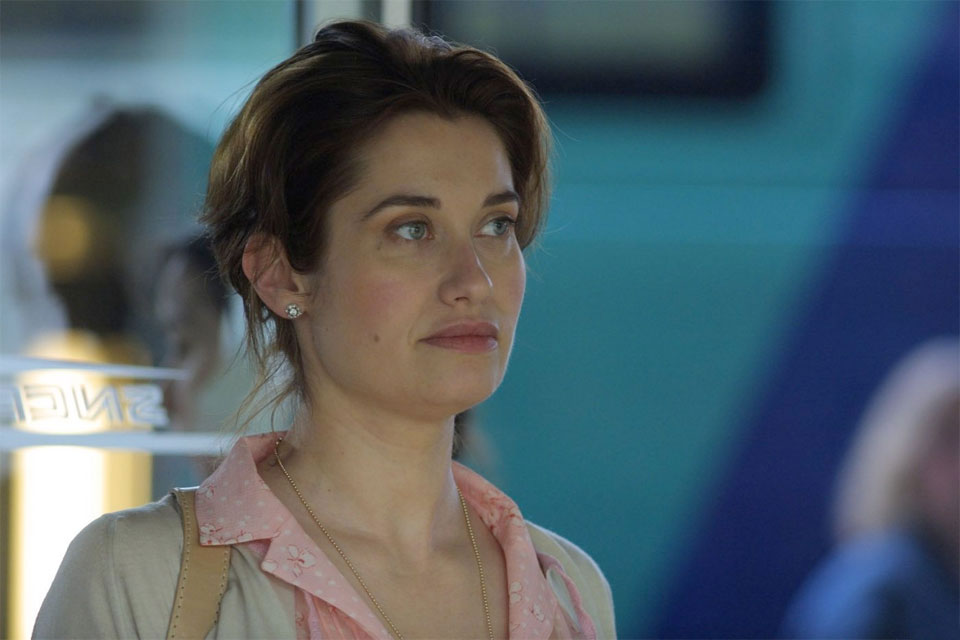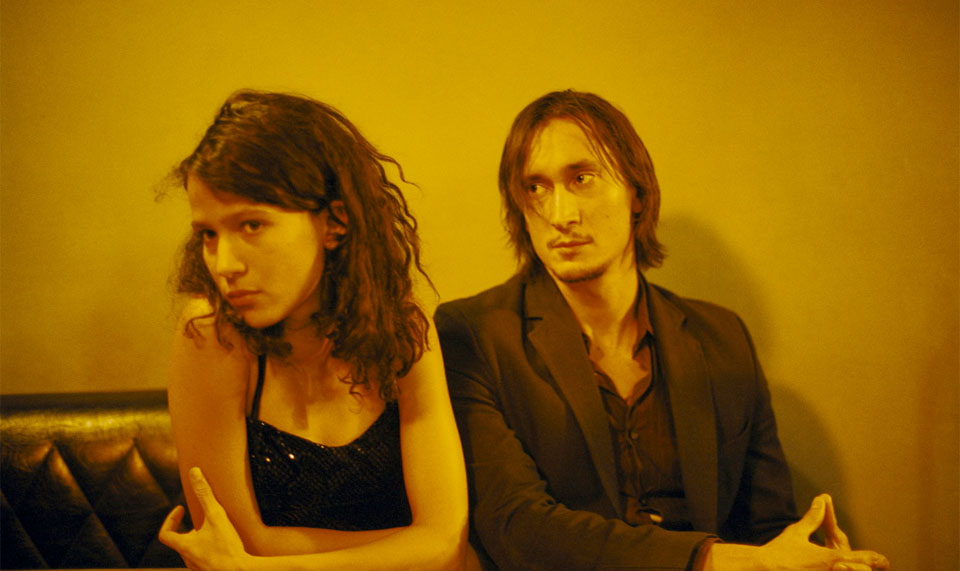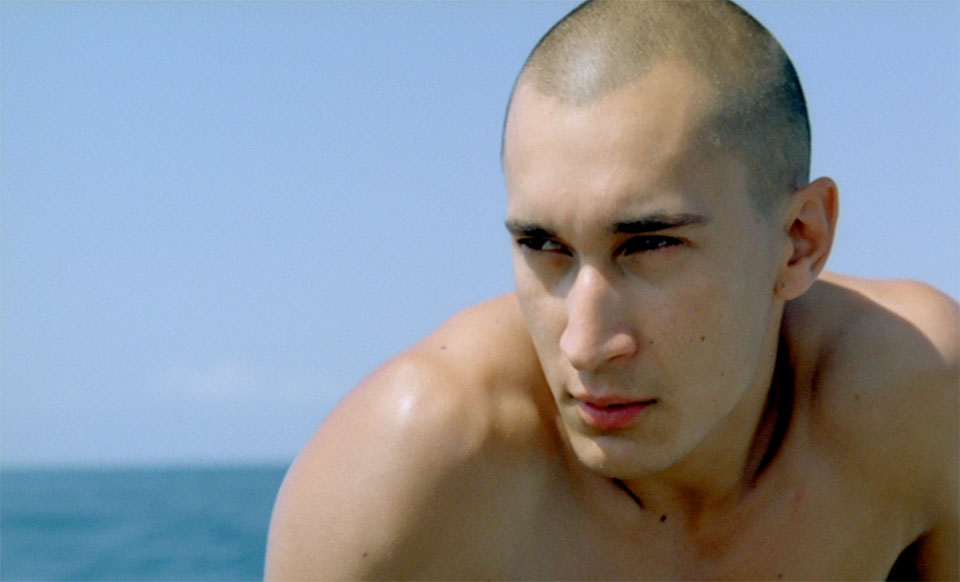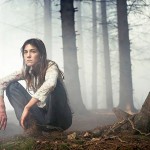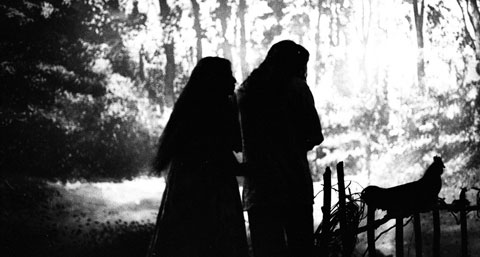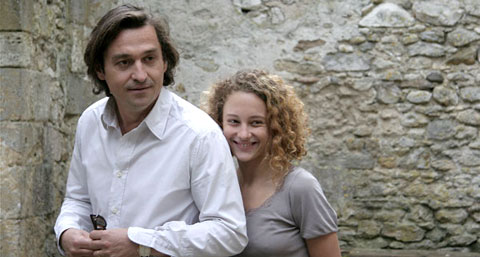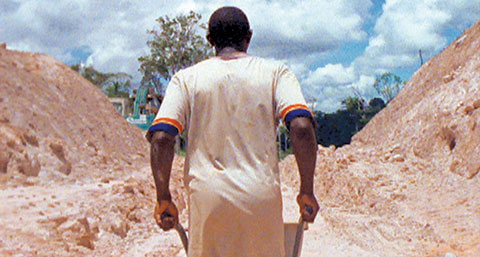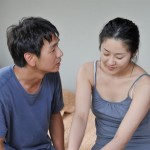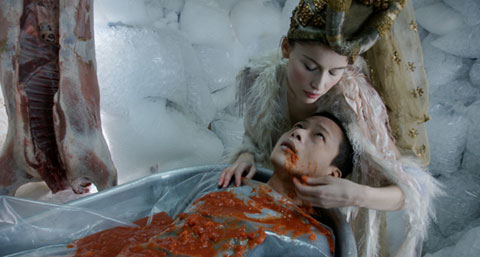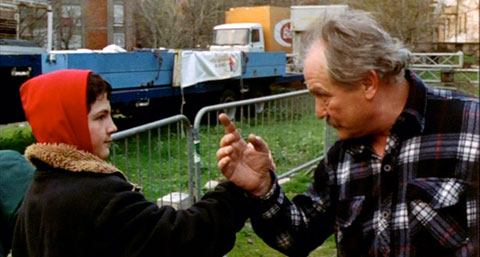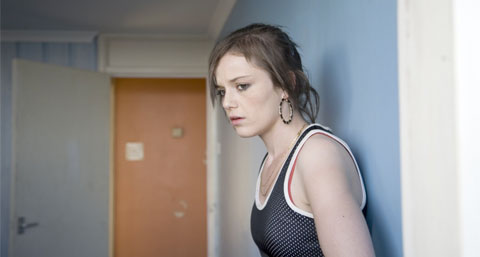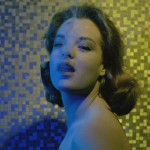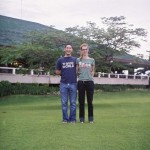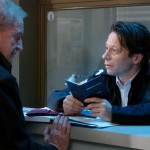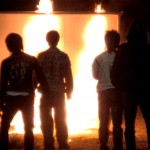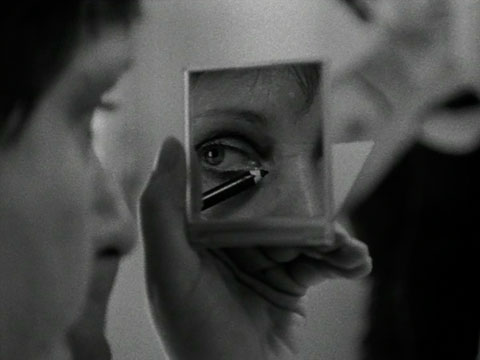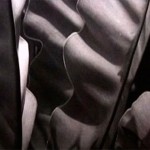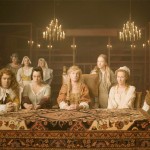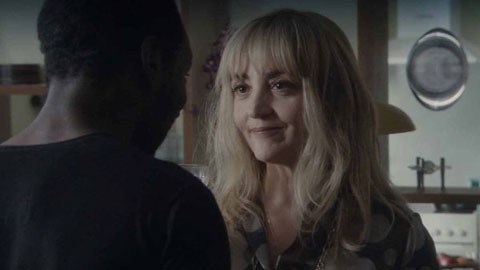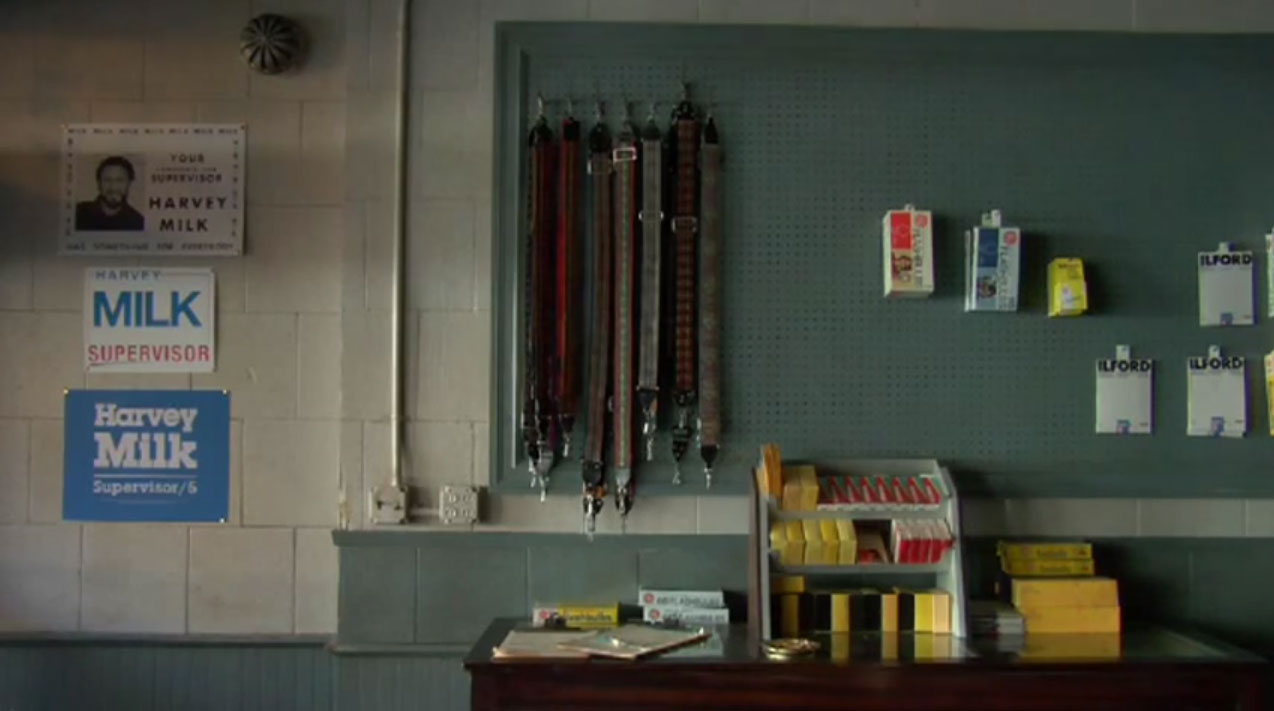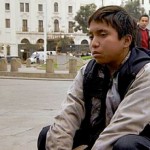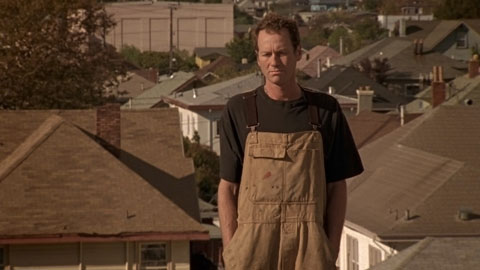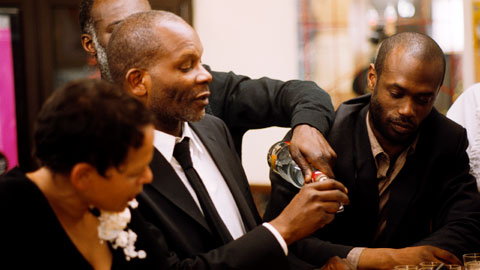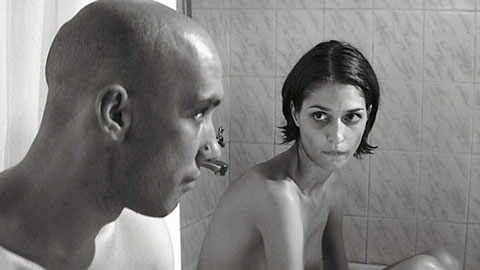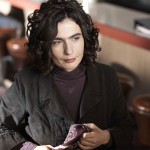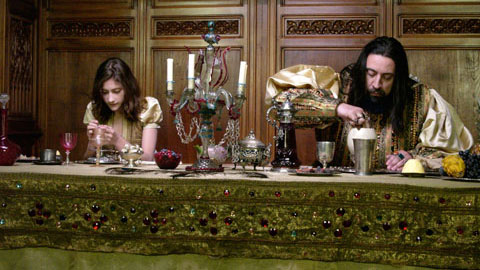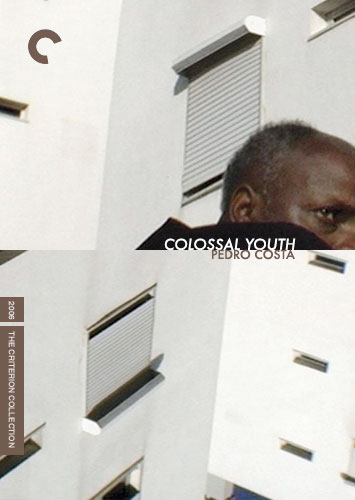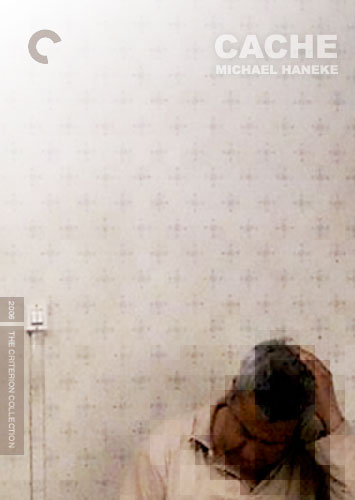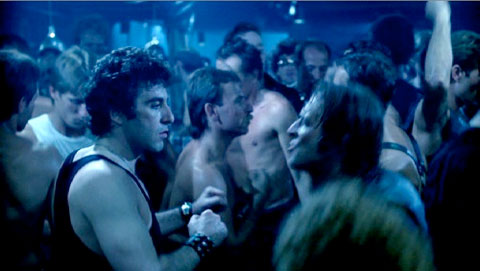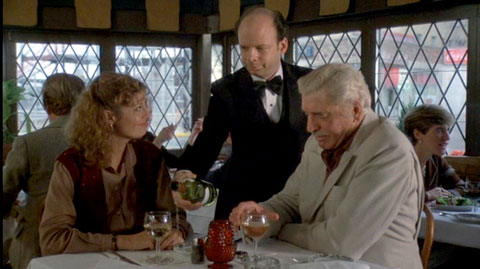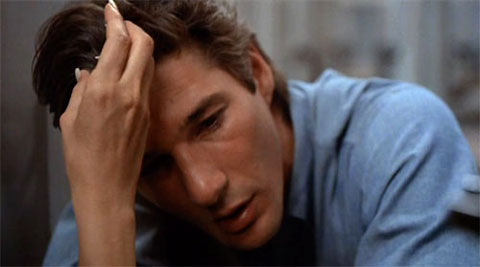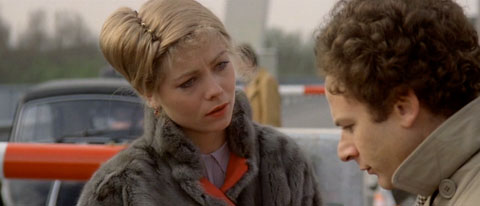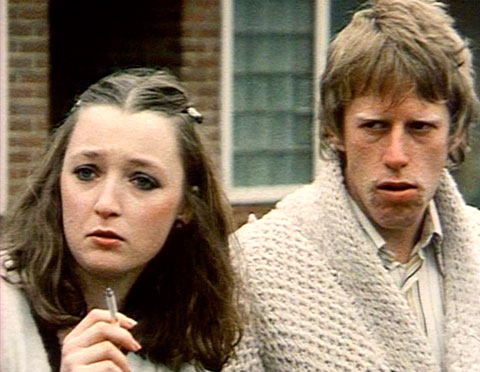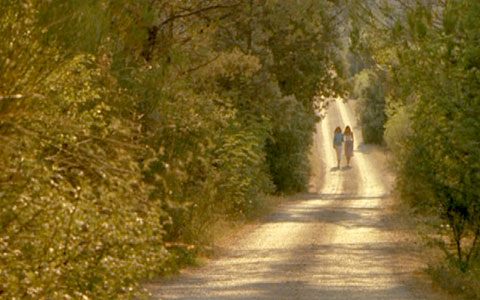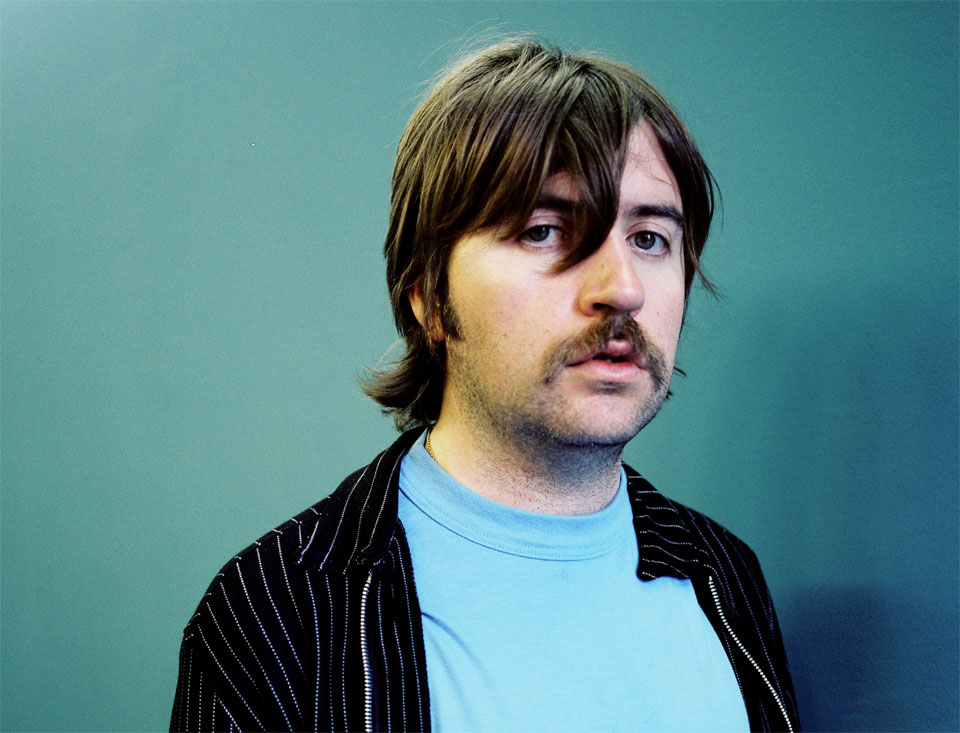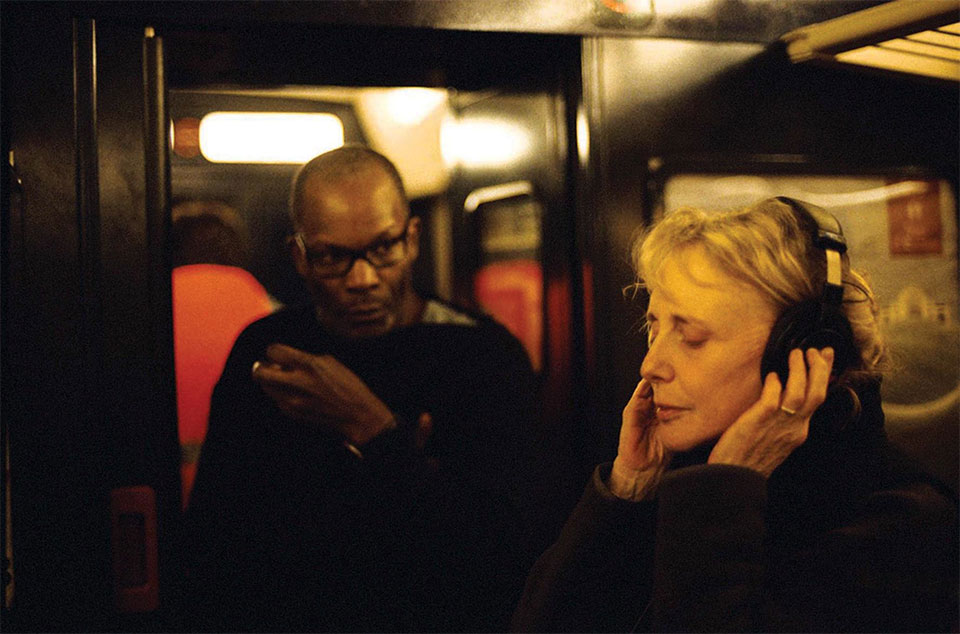Another capsule review for the Arts & Faith Top 100. Writing a brief introduction to Brakhage for an audience that might not even be aware of the existence of a-g cinema proved to be a really fun challenge.
“When film subverts our absorption in the temporal and reveals the depths of our own reality, it opens us to a fuller sense of ourselves and our world. It is alive as a devotional form.”
—Nathaniel Dorsky, Devotional Cinema
“If I had a friend who wanted me to teach him how to look at films, I’d begin with a couple of months’ worth of Brakhage.”
—Fred Camper
If asked to describe Vincent van Gogh’s “Sunflowers”, most of us would say something like, “It’s a fairly simple painting of flowers arranged in a pot. It’s not especially realistic looking. It’s very two-dimensional. There are no shadows, no depth. Nearly the entire canvas is yellow, and you can clearly see Van Gogh’s brush strokes.” If asked to describe Orson Welles’s Citizen Kane, most of us would probably begin with, “It’s a movie about a man who inherited great wealth as a child and went on to become a publishing giant and a failed politician. The movie begins with his dying word, ‘Rosebud,’ and then we spend the next two hours watching his entire life play out before us, all in hopes of discovering why that word was so significant to him.”
The differences between the two answers are revealing. Even those of us with little to no training in art feel relatively comfortable attempting to describe a painting’s form: the size of the canvas, its use of color, the composition of elements within the frame, the artist’s technique. Moving images (film, television, video), however, are especially well-equipped to tell stories, which is why when we talk about them we tend to describe what they’re about rather than what they are. The narrative drive is strong in us humans. When engrossed by a story, we have a knack for tuning out everything else, including film form—composition, editing, focal length, shot duration, color palette, lighting, etc.
This is part of what the avant-garde filmmaker Nathaniel Dorsky is referring to in the quote above when he talks about our “absorption in the temporal.” When we “escape” into a movie or TV show, we become inert and inattentive, which has troubling moral consequences. One goal of avant-garde cinema (also referred to as experimental or critical cinema) is to subvert that tendency, to provoke (in the best sense of the word) audiences to become conscious of the act of watching. Doing so, as Dorsky argues, has the potential to make film a devotional art on par with those already long established in parts of the church: music, architecture, glasswork, painting, sculpture, iconography, dance, and drama.
Including By Brakhage on a list of Top 100 films is a bit like naming an anthology of Shakespeare’s tragedies one of the Great Books: doing so requires some bending of the rules for qualification, and, still, neither collection fully represents the astounding achievements of its author. By Brakhage is neither a film nor a unified series of films like some others on our list: Krystof Kieslowski’s The Decalogue (#2) and Three Colors Trilogy (#15) or Satyajit Ray’s Apu Trilogy (#17). Rather, it’s an anthology of 56 films (out of the 350-400 that Stan Brakhage completed) curated by the Criterion Collection that spans a half century, from one of Brakhage’s earliest short works, Desistfilm (1954), to his last, Chinese Series (2003). They range from nine seconds long (Eve Myth, 1967) to 74 minutes (Dog Star Man, 1961-‘64). There are silent films and sound films, black-and-white and color, documentary-like photographed films, collages constructed from multiple superimpositions, hand-painted films, and films made without the use of a camera whatsoever. In the words of Fred Camper: “More often, a single film will seem to be most or all of the above.” Stan Brakhage is unquestionably the most important filmmaker in the long and fascinating history of avant-garde cinema, and his inclusion in the Top 100 (along with Meshes of the Afternoon [1943] by one of his mentors, Maya Deren) is an important critical statement by the Arts and Faith voters. The avant-garde is not only a legitimate type of spiritual cinema; it’s essential, and it’s been too often overlooked.
Brakhage first picked up a camera in the early 1950s while a student, and many of his earliest movies reflect the small, independent film movement of the day. Like his contemporaries Deren and Kenneth Anger, Brakhage borrowed occasionally from the formal techniques of an earlier generation of European Surrealists, including Salvador Dali, Luis Bunuel, Man Ray, and Marcel Duchamp. Desistfilm, for example, uses quick, handheld, side-to-side camera movements (pans) that leave faces in tight, blurry, and off-axis closeups. The editing of the film is non-linear (there’s no particular story being told here) and is designed to create a disorienting rhythm in its cuts. What distinguished Brakhage in the ’50s and continued to be a hallmark of his work is that it is deeply intimate and personal. Window Water Baby Moving (1959), which is a kind of ode to the birth of his first child, is an especially beautiful instance of this quality.
By the end of the 1950s, Brakhage was already moving toward greater abstraction. Mothlight (1963) is a good starting point when exploring these films. Rather than loading film into a camera and exposing it one frame at a time, Brakhage collected moth wings and bits of grass and leaves and assembled them by hand using tape, which he then ran through a film printer. When projected at 24 frames per second, the light passing through the wings creates a kind of dancing kaleidoscope. Viewers of Mothlight are made suddenly aware of the mechanics of film, as we can finally see and understand how a long strip of film moves rhythmically through the gears of a projector. But it’s also a jaw-dropping defamiliarization (“Make it new!” the poet Ezra Pound was fond of saying) of natural beauty. In 2010, Criterion released an expanded edition of By Brakhage on Blu-Ray, which now allows us to see with crystal, hi-definition clarity the attention Brakhage paid to each individual frame of his hand-made films.
Brakhage’s interest in hand-made films continued throughout his life, and, indeed, one portion of the last stage of his career was devoted almost entirely to painting directly onto film, a technique he’d first experimented with in the early 1960s (see his early masterpiece, Dog Star Man). It’s these films (The Dante Quartet [1987] is a standout example), perhaps more than any others in the anthology, that go the furthest in expanding the borders of what we typically conceive of as a “movie.” In one of the features on the DVD, Brakhage quotes that famous line from Walter Pater, “All art aspires to the condition of music.” In other words, all art would like to bypass the intellect and reach, as Brakhage himself writes, that “non-verbal, non-symbolic, non-numerical” thinking that enables us to experience “the un-nameable or the ineffable.” This isn’t pseudo-hippy rambling. The only limits on film as an art form are those we put on it as consumers. If we expect nothing more from the film-going experience than “escape” and “mindless entertainment,” then there are plenty of studios eager to sell us their products. But, as By Brakhage demonstrates—and demonstrates better than any other DVD on the market—film’s potential as a devotional art is boundless.

